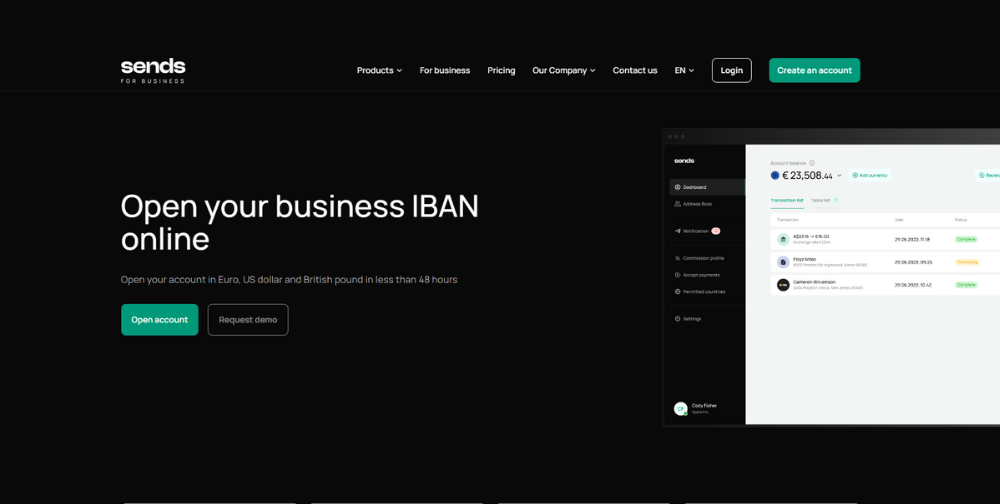When people hear “sustainability,” they often jump to carbon emissions and climate goals. But in product management, sustainability isn’t just “let’s go green”. It’s part of the strategy. It’s about building products that endure, teams that don’t burn out, and practices that scale.
Sustainable product management means leading with longevity in mind, placing team resilience at the core, and choosing strategic clarity over feature churn. Oftentimes, the most burned-out teams aren’t doing too much – they are doing too much without clarity.
Let’s break down what that actually looks like in the age of AI.
Four Dimensions of Product Sustainability in the AI Era
1. Data-Driven Sustainability
Good AI is only as good as its data. Product teams must prioritize data quality over quantity: de-biased, ethically sourced, and usable in real-world scenarios. The PM’s role is to ensure that AI-powered features are built on solid foundations. That means left-shifting data validation early in discovery, asking the right questions before models are trained, and aligning data pipelines with ethical and legal standards.
As Marty Cagan, the founder of SVPG, highlights, early “expert system” AI failed because it couldn’t adapt beyond rigid rules. Real intelligence depends on probability, fresh data, and continuous learning.
==According to McKinsey, organizations that effectively use high‑quality analytics report up to a 20 % increase in customer satisfaction and a 15 % bump in revenue==, showing how data-driven decisions can sustainably improve outcomes. That’s what sustainable product thinking is about.
2. Market Sustainability
AI should solve problems, not create noise. Chasing flashy use cases might yield short-term gains, but true product sustainability means serving real, long-term user needs. PMs must guard against “AI for AI’s sake.” Instead, they should double down on using AI to reduce friction, improve accessibility, and offer enduring differentiation. Sustainable products don’t inflate KPIs at the expense of trust or UX, but instead, they earn user loyalty over time. Marty Cagan calls this an “intelligent product” — AI is not just a bolted-on feature, but “a key to intelligent products.” Other respected product specialists, like Aakash Gupta, echo this too: “The most powerful AI implementations are the ones users barely notice.”
When AI is baked into the core solution and not just sprinkled on, the value to the customer endures, giving companies stronger positioning that doesn’t age out in six months. It’s a reminder that long-term market sustainability depends on building solutions where AI quietly does the real work, not just decorates the pitch deck.
3. Product Management Sustainability (Team & Role)
AI changes how we build, but it doesn’t change what great product management looks like. If anything, it raises the bar. PMs today must think beyond tasks and timelines. Strategic thinking, relentless curiosity, and cross-functional collaboration are non-negotiable. AI should be treated as a decision-support tool, not an autonomous product brain.
In this case, success is about asking the right questions, connecting the dots, and keeping the user at the center.
==Success = strategic thinking + cross-functional collaboration + product sense + communication.==
4. Organizational Sustainability
High performance shouldn’t come at the cost of team well-being. Sustainable orgs structure their product practices for clarity, not chaos. That means layered roadmaps that show both business intent and technical realities. It means empowering product owners to own and maintain clean backlogs. And it means introducing strategy rituals, not just execution standups, to keep everyone aligned.
When vision, process, and context are shared across roles, teams don’t just ship faster but also thrive longer.
Why AI Demands More Sustainable Thinking (Not Less)
Ironically, AI often increases ambiguity. Model drift, degraded data, and black-box behavior introduce new long-term risks. PMs must step in as the structure-bringers. That means building for explainability, planning for retraining, and budgeting for maintenance. Transparency and human oversight are the backbone of trustworthy AI.
Sustainable thinking isn’t just a “nice to have” – it’s how AI products avoid becoming tech debt within a year of launch.
A Sustainable AI Product Lifecycle: 5 Questions PMs Should Ask
- Is this product solving a problem that will still matter in 12–24 months?
- Is our data pipeline maintainable and ethical?
- Are we training our teams to understand (not just ship) AI-driven features?
- Do we have a plan for scaling usage and model governance?
- Will users trust this over time, not just try it once? n
Final Thoughts: Product Managers as Stewards of Longevity
Sustainability in product isn’t about slowing down – it’s about getting sharper. It’s about designing teams, processes, and features that don’t just launch fast but last. And in the age of AI, that mindset is more vital than ever. PMs are the ones who can shape this shift. Not by doing everything, but by asking better questions, clarifying purpose, and protecting what matters most: the long-term health of our products, our users, and our teams.









